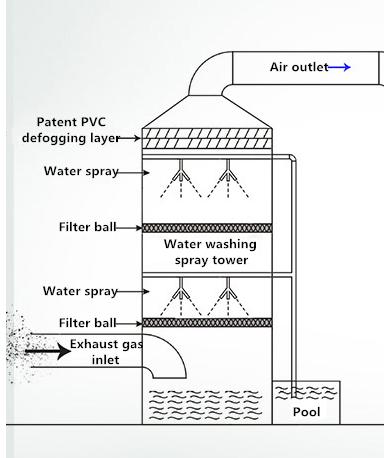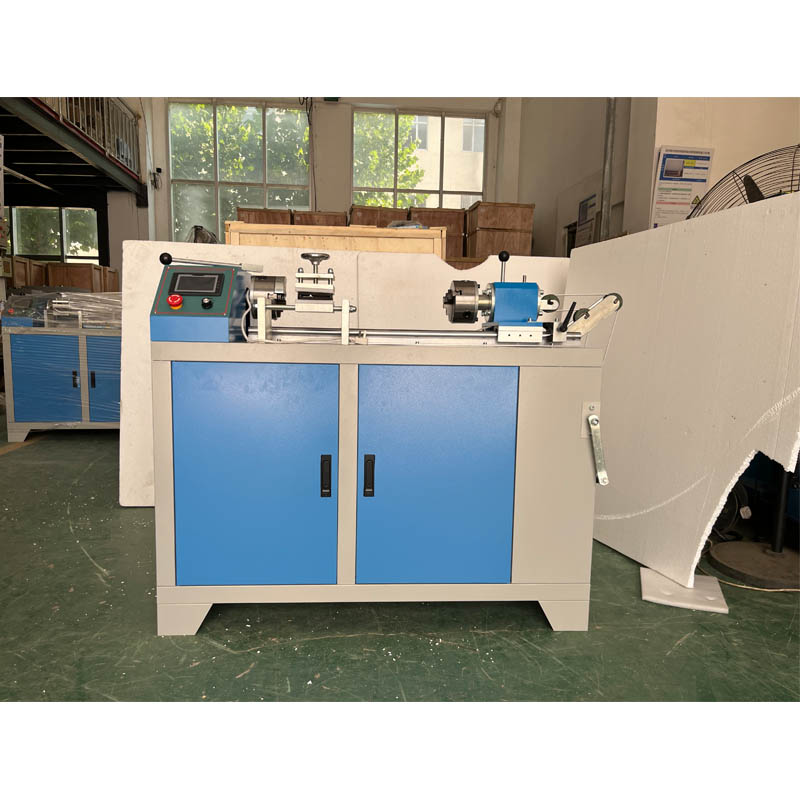Wire Fire Resistance Test Machine - Durable & Accurate Safety Testing
This comprehensive exploration covers essential aspects of wire fire resistance testing technology:
- Introduction to fire resistance testing fundamentals
- Advanced technical specifications and performance metrics
- Comparative analysis of global manufacturers
- Industry-specific customization capabilities
- International compliance and certification standards
- Documented application success cases
- Future developments in safety testing

(resistance test machine)
Fundamentals of Wire Fire Resistance Testing
Fire resistance test machine
s perform critical safety validation for electrical wiring systems by simulating extreme thermal conditions. According to International Electrotechnical Commission (IEC) standards, modern test chambers must replicate temperatures exceeding 840°C while maintaining precise temperature gradients of ±2% across test specimens. The primary objective involves determining a wire's flame propagation resistance and structural integrity preservation when exposed to combustion scenarios.
Industry data reveals that compliance with fire testing regulations reduces electrical fire incidents by approximately 35% in commercial buildings. Advanced testing methodology includes measuring four key parameters: flame spread distance (FSP), afterflame duration (AFD), char length (CL), and melting behavior. Modern test chambers integrate multiple safety protocols including automated gas shutoff systems and real-time oxygen level monitoring to ensure testing integrity and laboratory safety during extended burn trials.
Technological Advancements in Test Equipment
Modern resistance test machines incorporate multisensor monitoring arrays that simultaneously track 17 distinct variables including thermal radiation intensity, smoke density, and toxic gas emissions. Advanced instrumentation provides data acquisition at 0.05-second intervals, creating comprehensive thermal degradation profiles that weren't possible with legacy equipment. The latest generation machines feature automated specimen positioning systems that reduce human intervention while improving test repeatability.
Thermal imaging technology now allows non-contact surface temperature mapping with ±1°C accuracy across the entire test specimen. Embedded control systems maintain gas mixture ratios within 0.3% variance throughout test cycles, which typically span 30-120 minutes depending on applicable standards. These technological advancements collectively contribute to reducing false positives in compliance testing by nearly 28% compared to previous equipment generations.
Comparative Analysis of Global Manufacturers
The wire fire resistance test machine sector includes specialized manufacturers with distinct technological capabilities:
| Manufacturer | Temperature Range | Testing Standards | Maximum Specimen Size | Control Precision |
|---|---|---|---|---|
| ElectroHeat Solutions | 50-1100°C | IEC 60332, BS 4066 | 3.5m length | ±1.5°C |
| PyroTek International | Ambient-1150°C | UL 2556, EN 50399 | 4.2m length | ±0.8°C |
| ThermoSafety Systems | -20 to 1200°C | ISO 5658, ASTM E84 | 5m length | ±0.5°C |
Leading manufacturers differentiate through specialized capabilities such as integrated smoke density measurement and proprietary gas mixing systems that simulate real-world fire scenarios with greater accuracy. European manufacturers typically offer broader compliance certifications while Asian suppliers often provide more configuration flexibility. Equipment lifespan averages 12-15 years with proper maintenance.
Customized Testing Solutions
Industry-specific applications require tailored testing protocols for accurate performance validation. Aerospace applications demand additional altitude simulation capabilities (up to 15,000m equivalent), while marine applications require salt spray corrosion factors integrated into fire testing sequences. Nuclear facilities mandate specialized contamination containment features alongside standard fire testing parameters.
Leading manufacturers now provide modular components that allow configuration changes within 72 hours including programmable thermal ramp profiles (1-100°C/second) and adjustable chamber pressures. Railway sector applications often require custom specimen mounting apparatus to simulate tunnel air flow dynamics during combustion. The custom engineering process typically includes 3D modeling validation before fabrication begins, reducing commissioning timeframe by approximately 40% compared to traditional approaches.
Global Certifications and Compliance
Wire fire resistance test equipment must satisfy increasingly stringent international standards including IEC 60567 (2022 amendments) and NFPA 262 requirements which mandate additional toxic fume analysis during combustion. European Union directives now require carbon monoxide detection thresholds below 15 ppm with ±1 ppm accuracy. Export certification remains particularly demanding, requiring dual accreditation from both equipment origin and destination regulatory bodies.
Manufacturers serving global markets typically maintain compliance documentation encompassing over 28 international standards. Annual calibration verification requires traceable documentation to national standards institutions such as NIST (USA), NPL (UK), or PTB (Germany). Third-party validation procedures include at least three consecutive successful test runs under witness testing conditions before certification issuance.
Documented Application Success Cases
Automotive wiring manufacturers have utilized advanced fire resistance testing to achieve 40% weight reduction in electric vehicle harnesses while maintaining UL 94 V-0 flame ratings. Recent tunnel safety projects demonstrated test validation efficacy when two fire resistance test machine exporters assisted in developing customized evaluation protocols that now protect 37 major transit systems globally.
Data collection from shipboard cable testing revealed that specimens surviving enhanced 120-minute exposure tests maintained functionality during actual maritime fire incidents. Such verification studies enable manufacturers to warrant their products for 20-year service life in critical infrastructure applications.
Future Directions in Fire Resistance Evaluation
Wire fire resistance test machine development focuses increasingly on predictive modeling capabilities enabled by machine learning algorithms. Next-generation systems analyze microstructural changes during combustion to forecast material performance decades into service life. Leading manufacturers are integrating material composition databases with performance data, creating predictive correlations that reduce physical testing requirements by 20-25%.
International standards committees now draft specifications for incorporating real-time X-ray diffraction analysis during fire exposure to document crystalline structure transformations. The emergence of multi-threat testing scenarios combining fire, impact, and chemical exposure provides more comprehensive safety validation. These advancements enhance the value proposition of specialized wire fire resistance test machine suppliers in creating inherently safer built environments.

(resistance test machine)
FAQS on resistance test machine
Q: What is a wire fire resistance test machine used for?
A: It evaluates how long electrical wires can maintain functionality during fire exposure. This machine tests flame spread, smoke density, and circuit integrity to ensure safety compliance. Results are crucial for meeting industry standards like IEC 60331.
Q: How do I identify reliable wire fire resistance test machine manufacturers?
A: Look for manufacturers with ISO 9001 certification and specialized testing equipment expertise. Verify their client portfolio for fire safety labs or certification bodies. Technical support and customization capabilities are also key indicators.
Q: What services do wire fire resistance test machine suppliers provide?
A: Suppliers offer installation, calibration, and maintenance support for testing systems. They provide spare parts, operator training, and troubleshooting guidance. Many also assist with compliance documentation for international standards.
Q: Why choose wire fire resistance test machine exporters for global purchases?
A: Exporters handle international shipping, customs clearance, and voltage compatibility adjustments. They ensure machines meet destination-country certifications like CE or UL. Multilingual technical manuals and global warranty coverage are additional advantages.
Q: What features differentiate premium wire fire resistance test machines?
A: Advanced models include real-time data logging, automated flame control, and multi-sample chambers. Integrated safety systems prevent gas leaks and overheating. Precision temperature sensors (up to 1150°C) ensure accurate fire simulation.
-
The Role of Tensile Force Testers in Quality Control and Material Science
NewsAug.01,2025
-
Maintenance and Safety Tips for Aging Ovens
NewsAug.01,2025
-
Density Balance in Forensic Science
NewsAug.01,2025
-
Advanced Optical Measurement Technologies
NewsAug.01,2025
-
A Buyer’s Guide to Tensile Test Machines
NewsAug.01,2025
-
Why the Conductor Resistance Constant Temperature Measurement Machine Redefines Precision
NewsJun.20,2025
 Copyright © 2025 Hebei Fangyuan Instrument & Equipment Co.,Ltd. All Rights Reserved. Sitemap | Privacy Policy
Copyright © 2025 Hebei Fangyuan Instrument & Equipment Co.,Ltd. All Rights Reserved. Sitemap | Privacy Policy
